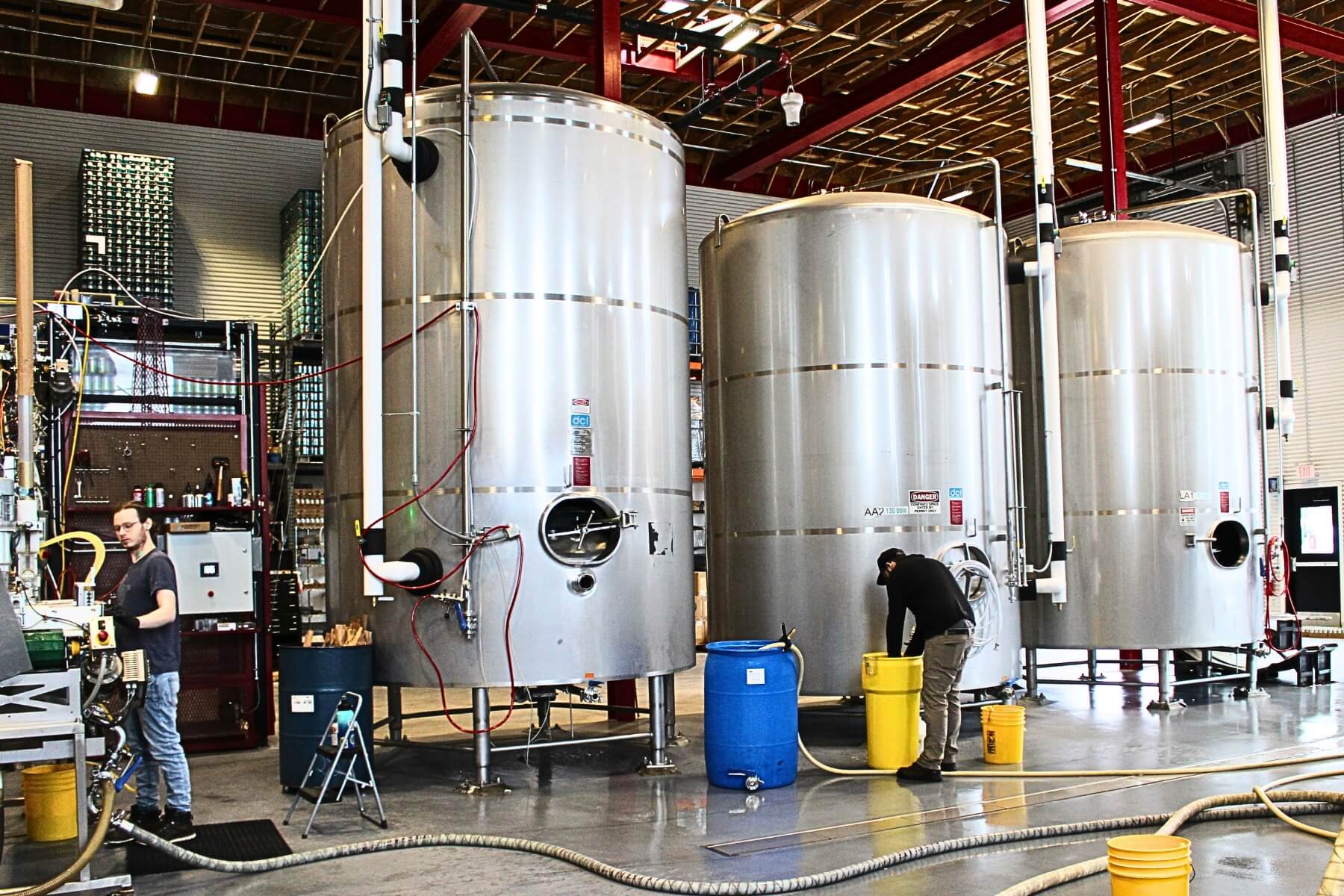Often times, when people think of Energy Management or Building Automation Systems, they believe that automation only pertains to Heating Ventilation and Air Conditioning (HVAC) systems. In the “Building Automation Blog Series” we will discuss the various applications that building automation can be used to save you money and to make equipment operate easier and more efficient.
Since HVAC is the most common application, we will start there!
Reducing Energy Costs from HVAC Equipment
Heating, ventilation, and air-conditioning (HVAC) units require a considerable amount of energy to maintain the climate of a building. Studies show HVAC operations typically accounts for 40 percent of a commercial building’s energy use. Automated climate control systems which change to meet the business needs within a building have been proven to conserve energy.
Controlled Parameters
Any building that’s HVAC equipment needs to be conditioned and controlled must be done so based on four basic parameters. In order for environments to be comfortable and cost-effective, temperature, humidity, pressure, and ventilation should be considered. According to ASHRAE, in terms of temperature, the optimum range is 68-75 degrees Fahrenheit in the winter and 73-79 degrees Fahrenheit in the summer. Relative humidity is to be maintained between 25 and 60 percent. 20 CFM is recommended for each occupant for ventilation and typically the positive pressure of .01-.05” is recommended. Users can alter parameters quickly and easily with a virtual control system which is accessible everywhere.
In order to be certain all of these parameters are met and to conserve as much energy as possible, a building automation system must be tailored to the needs of the building. There are a couple of different control strategies that are typically used to be able to generate the environment being required by the virtual controls. Finding a suitable system is essential to saving money on energy bills.
Cycling or On/Off Control
Cycling is the simplest type of control in an HVAC system. Its purpose is to meet part load conditions. Oftentimes, a system is designed to deliver more energy than the building actually needs. Instead of running the equipment constantly, the equipment runs for a given period of time and then is off for a given amount of time. As the load increases, the system runs longer and is off for less time. Most buildings are able to maintain adequate working conditions with such a system.
Modulation or Proportional Control
A modulation or proportional control takes into consideration the demand necessary to create the proper environment. The goal in this type of control is to maintain a comfortable environment while not creating a great deal of wear and tear on the system’s equipment. The energy delivered is proportional to the energy demanded. One issue here which results in the reliance of cycling once again is that equipment has a limited turn-down ratio. If building demand is lower than rated capacity, the system must resort to on/off control in order to be the most efficient it can be.
Staging or Part-Load Control
Staging, another HVAC control system, involves several small units which are installed instead of one large unit, e.g., five units operating at 20 percent each. When conditions demand is less than 100 percent, not all units operate, thus, saving energy and wear and tear of equipment. At 50 percent load, two units are running continuously while a third is cycling or modulating. Also, to avoid unnecessary wear down, the units are cycled is periodically.
Changing settings is possible through virtual allowing the building manager to create an environment which fits their need. Eliminating the use of certain equipment during certain times of the day or week conserves energy. Businesses can save 50 percent on energy costs by improving the operations of the HVAC system through controls. Becoming energy efficient is important especially in current times when the “green” movement is flourishing. Clearly, an automated HVAC scheme should be incorporated into buildings to create a comfortable environment, conserve energy, and save money.
To learn more about build automation and energy management, call 636-680-2100 and ask for Brian S.










